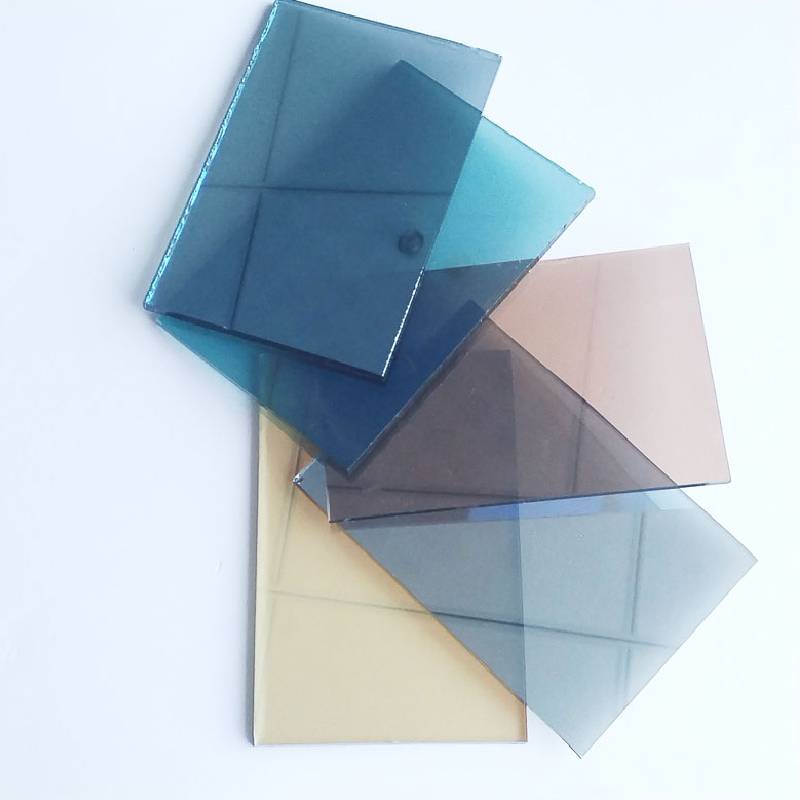The Art and Science of Float Glass Designs
Float glass, a key building material widely used in residential and commercial architecture, has transformed the way we perceive and utilize glass in our structures. Initially developed in the 1950s by Sir Alastair Pilkington, this revolutionary manufacturing method involves floating molten glass on molten tin, creating a smooth and uniform sheet. The success of float glass lies not just in its production but also in the myriad design possibilities it offers. In this article, we will explore the various design aspects, applications, and innovative trends in float glass designs.
Aesthetic Versatility
One of the most compelling features of float glass is its aesthetic versatility. It is available in various thicknesses and can be treated with a range of techniques, including tinting, coating, and printing. Designers can choose from clear, frosted, or colored variants to suit the visual appeal of their projects. For example, tinted float glass can help reduce glare and damage from UV rays while imparting a sophisticated look to a façade. Alternatively, etched and patterned float glass can create unique visual effects, making it not only a functional choice but also an artistic one.
Functional Capabilities
Beyond its beauty, float glass serves numerous functional purposes that enhance building performance. For instance, energy-efficient float glass options, such as low-emissivity (Low-E) glass, can significantly reduce heating and cooling costs by reflecting heat back into the space while allowing natural light to filter through. This feature is particularly valued in green building designs, where energy conservation is a priority. Furthermore, float glass can be treated for increased safety and security, with options such as tempered and laminated glass, which provide added strength against impacts and external threats.
Innovative Applications
Float glass is not limited to traditional window and door applications; it has expanded its presence to other aspects of design. Architects and designers are increasingly incorporating float glass into partitions, balustrades, and even furniture. Glass walls can create an open, airy space, blurring the lines between indoors and outdoors. Moreover, curved glass designs are becoming more prevalent, allowing for dynamic architectural forms that were once thought impractical. The ability to mold and shape float glass opens doors to limitless creativity.
float glass designs
Emerging Trends
With sustainability becoming more prominent in contemporary design, the float glass industry is evolving. Recycled glass is being utilized in the production process, minimizing waste and environmental impact. Furthermore, advancements in smart glass technology are making waves in float glass design. This innovative glass can change its properties in response to environmental conditions, such as switching from transparent to opaque for privacy or reducing heat transmission. Such developments not only enhance comfort but also contribute to energy efficiency.
Cultural Influences
Float glass design is also influenced by cultural trends and historical contexts. For instance, modernist architecture embraced large glass expanses to create seamless connections between nature and the built environment. In contrast, certain cultural philosophies advocate for the use of glass to symbolize transparency and honesty in modern society. This interplay between culture and design exemplifies how float glass can be a medium of expression, reflecting societal values and aesthetic preferences.
The Future of Float Glass Design
As technology advances, the potential of float glass design will continue to expand. Innovations in manufacturing processes, such as printing high-resolution images directly onto glass, are already reshaping decorative applications. Additionally, advances in insulation and energy efficiency will likely lead to even stricter building codes and standards, pushing designers to integrate float glass more intelligently and sustainably.
In conclusion, float glass designs encompass a fascinating blend of artistry, functionality, and sustainability. Whether used in residential homes or iconic skyscrapers, float glass continues to be a vital material that shapes our environments, allowing us to innovate while respecting nature and aesthetics. As trends evolve and technologies advance, the possibilities for float glass design are boundless, promising a future filled with inspiration and ingenuity.
 Afrikaans
Afrikaans  Albanian
Albanian  Amharic
Amharic  Arabic
Arabic  Armenian
Armenian  Azerbaijani
Azerbaijani  Basque
Basque  Belarusian
Belarusian  Bengali
Bengali  Bosnian
Bosnian  Bulgarian
Bulgarian  Catalan
Catalan  Cebuano
Cebuano  Corsican
Corsican  Croatian
Croatian  Czech
Czech  Danish
Danish  Dutch
Dutch  English
English  Esperanto
Esperanto  Estonian
Estonian  Finnish
Finnish  French
French  Frisian
Frisian  Galician
Galician  Georgian
Georgian  German
German  Greek
Greek  Gujarati
Gujarati  Haitian Creole
Haitian Creole  hausa
hausa  hawaiian
hawaiian  Hebrew
Hebrew  Hindi
Hindi  Miao
Miao  Hungarian
Hungarian  Icelandic
Icelandic  igbo
igbo  Indonesian
Indonesian  irish
irish  Italian
Italian  Japanese
Japanese  Javanese
Javanese  Kannada
Kannada  kazakh
kazakh  Khmer
Khmer  Rwandese
Rwandese  Korean
Korean  Kurdish
Kurdish  Kyrgyz
Kyrgyz  Lao
Lao  Latin
Latin  Latvian
Latvian  Lithuanian
Lithuanian  Luxembourgish
Luxembourgish  Macedonian
Macedonian  Malgashi
Malgashi  Malay
Malay  Malayalam
Malayalam  Maltese
Maltese  Maori
Maori  Marathi
Marathi  Mongolian
Mongolian  Myanmar
Myanmar  Nepali
Nepali  Norwegian
Norwegian  Norwegian
Norwegian  Occitan
Occitan  Pashto
Pashto  Persian
Persian  Polish
Polish  Portuguese
Portuguese  Punjabi
Punjabi  Romanian
Romanian  Russian
Russian  Samoan
Samoan  Scottish Gaelic
Scottish Gaelic  Serbian
Serbian  Sesotho
Sesotho  Shona
Shona  Sindhi
Sindhi  Sinhala
Sinhala  Slovak
Slovak  Slovenian
Slovenian  Somali
Somali  Spanish
Spanish  Sundanese
Sundanese  Swahili
Swahili  Swedish
Swedish  Tagalog
Tagalog  Tajik
Tajik  Tamil
Tamil  Tatar
Tatar  Telugu
Telugu  Thai
Thai  Turkish
Turkish  Turkmen
Turkmen  Ukrainian
Ukrainian  Urdu
Urdu  Uighur
Uighur  Uzbek
Uzbek  Vietnamese
Vietnamese  Welsh
Welsh  Bantu
Bantu  Yiddish
Yiddish  Yoruba
Yoruba  Zulu
Zulu 

